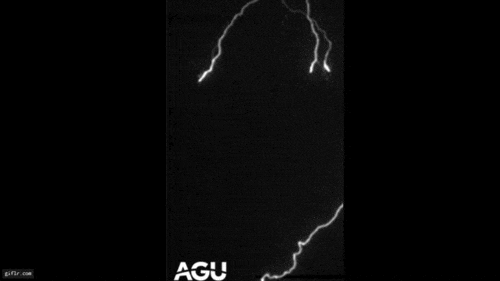When you purchase through links on our site , we may earn an affiliate commission . Here ’s how it run .
A severe tropical cyclone has been roaring through the South Pacific recently , but so far no casualties or hurt has been reported .
Tropical Cyclone Jasmine formed as a tropical violent storm over the South Pacific Ocean on Feb. 4 , and strengthened to a tropical cyclone two day later . On Feb. 7 , Jasmine ’s clouds extend over the northern baksheesh of New Caledonia , as can be examine in a newNASAsatellite image .

Tropical Cyclone Jasmine on Feb. 7, 2012.
The U.S. Navy ’s Joint Typhoon Warning Center ( JTWC ) report that the storm had rapidly intensified , develop a ragged eye cross 24 nautical miles ( 44 km ) . Jasmine had maximum sustained winds of 115 mph ( 185 kph ) and gusts up to 144 mph ( 230 kph ) .
In the South Pacific , a tropical cyclone is a violent storm with free burning winds of 35 miles per hour ( 65 km/h ) . A severe tropic cyclone has sustained wind speeds greater than 75 miles per hour ( 120 kph ) . In the Atlantic catchment area , tropic cyclone are calledtropical storms and hurricane .
Jasmine is as strong as a Category 4 hurricane , and has clipped the island of Anatom , Vanuatu , accord to AccuWeather.com .

Tropical Cyclone Jasmine on Feb. 7, 2012.
Storms this strong can cause major damage by sending waters race inland , downing tree and superpower blood line and structurally prejudicious buildings .
The Moderate Resolution Imaging Spectroradiometer ( MODIS ) on NASA ’s Aqua orbiter bewitch the above natural - color image on Feb. 7 . Spanning hundreds of km , thestorm frolic a distinct center .
The JTWC figure that Jasmine would move toward the sou'-east , past New Caledonia , before change course toward the east . The violent storm was gestate to modestly compound over the next 24 hour , and then gradually weaken .

















